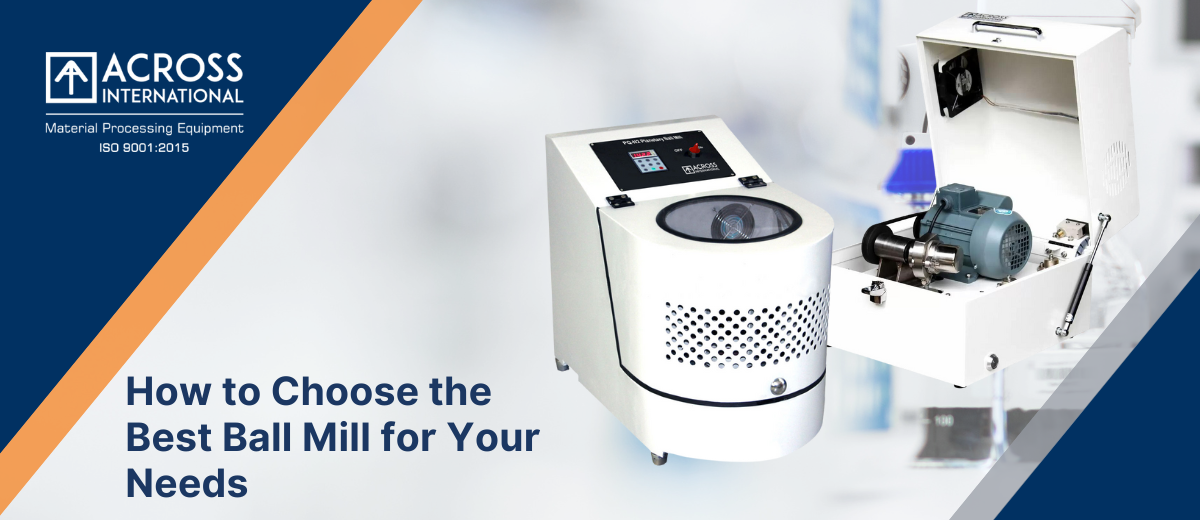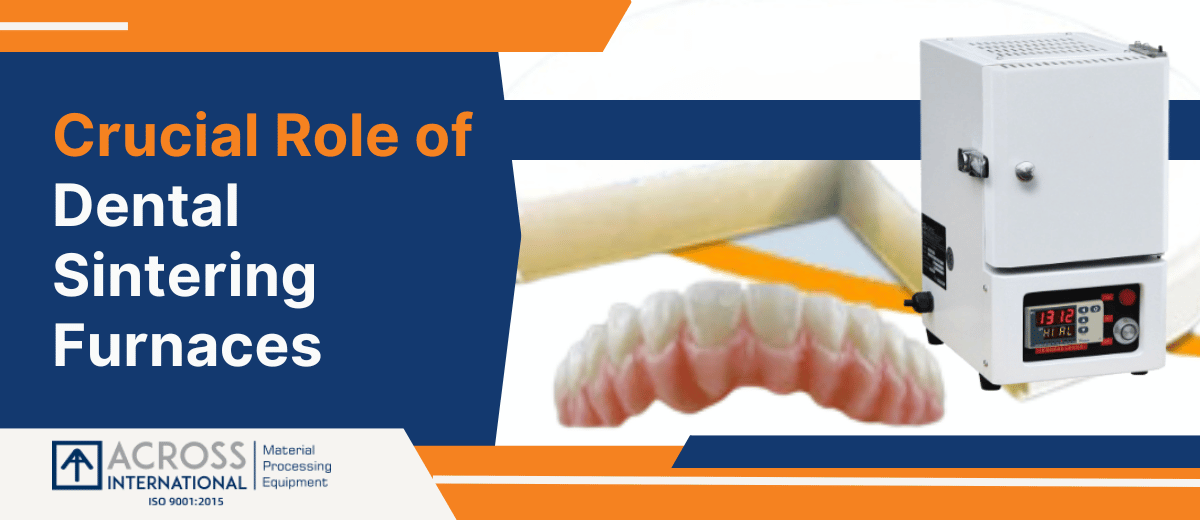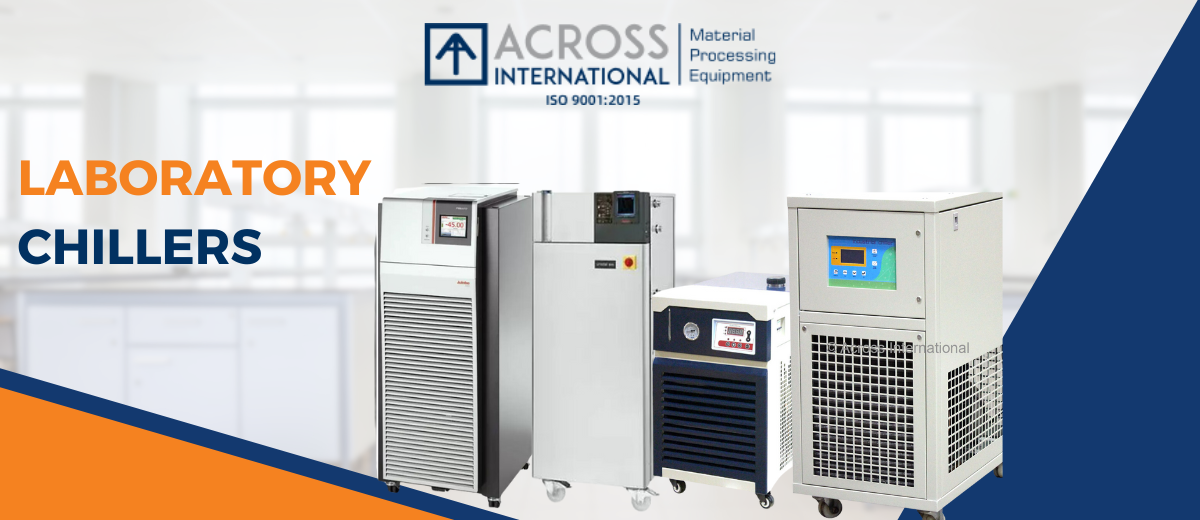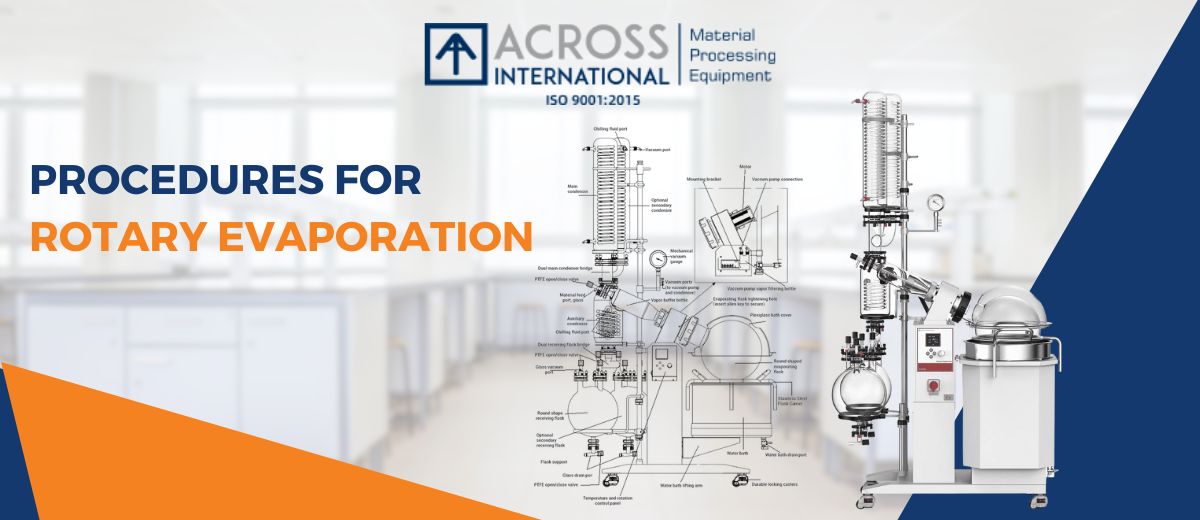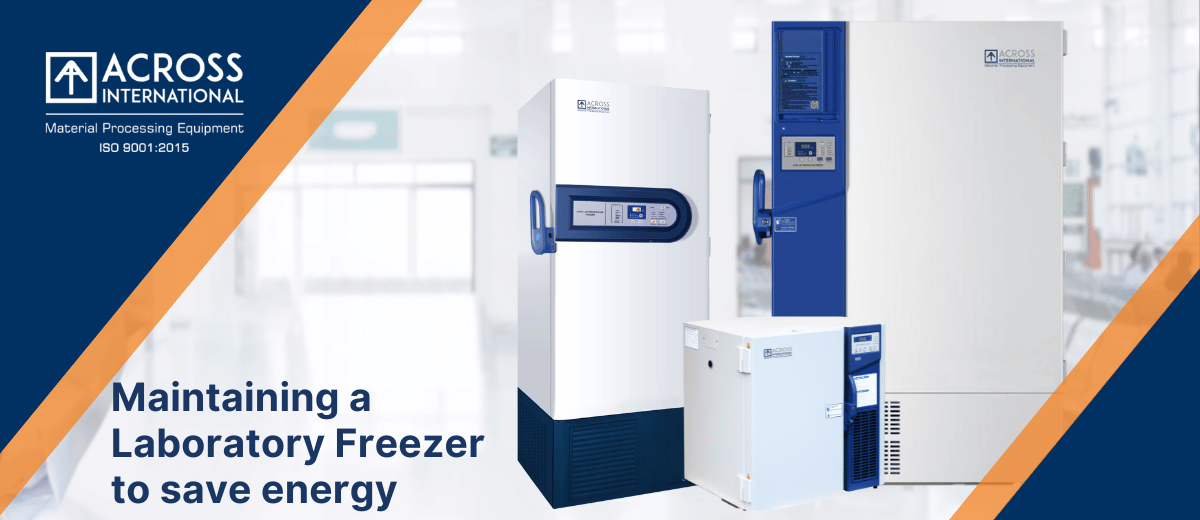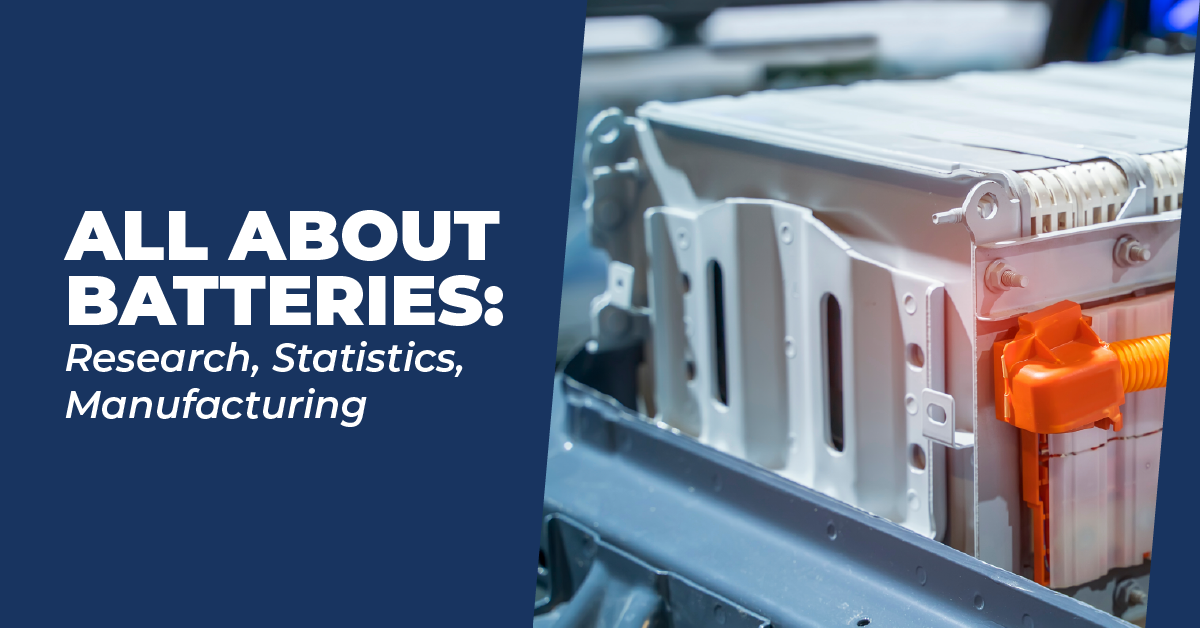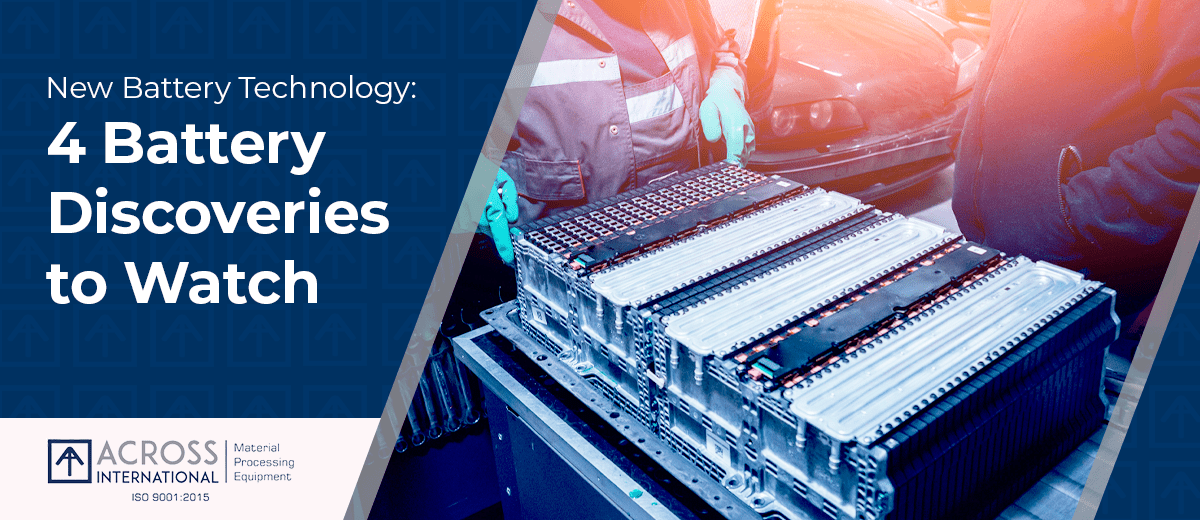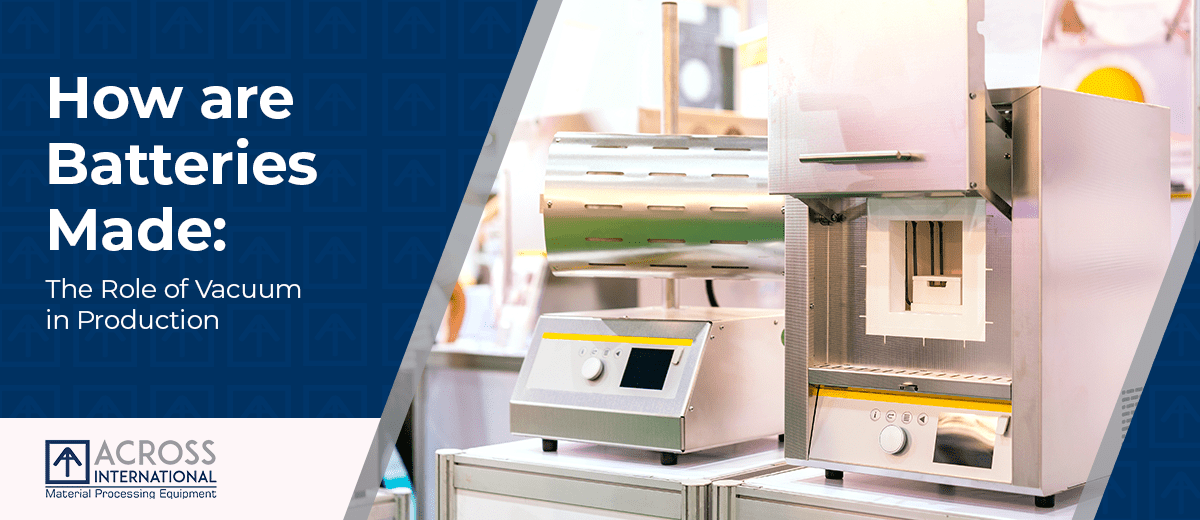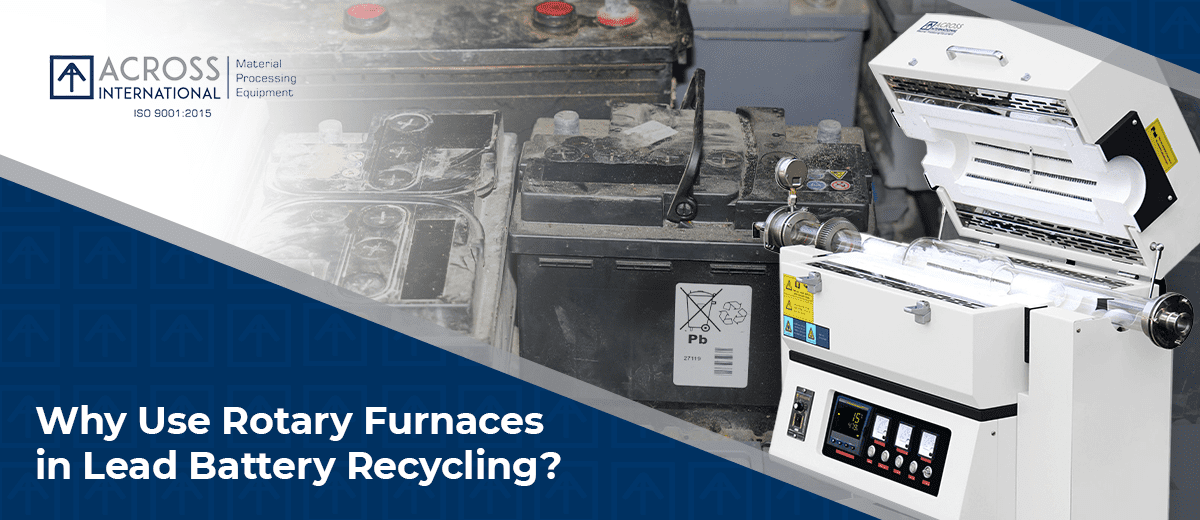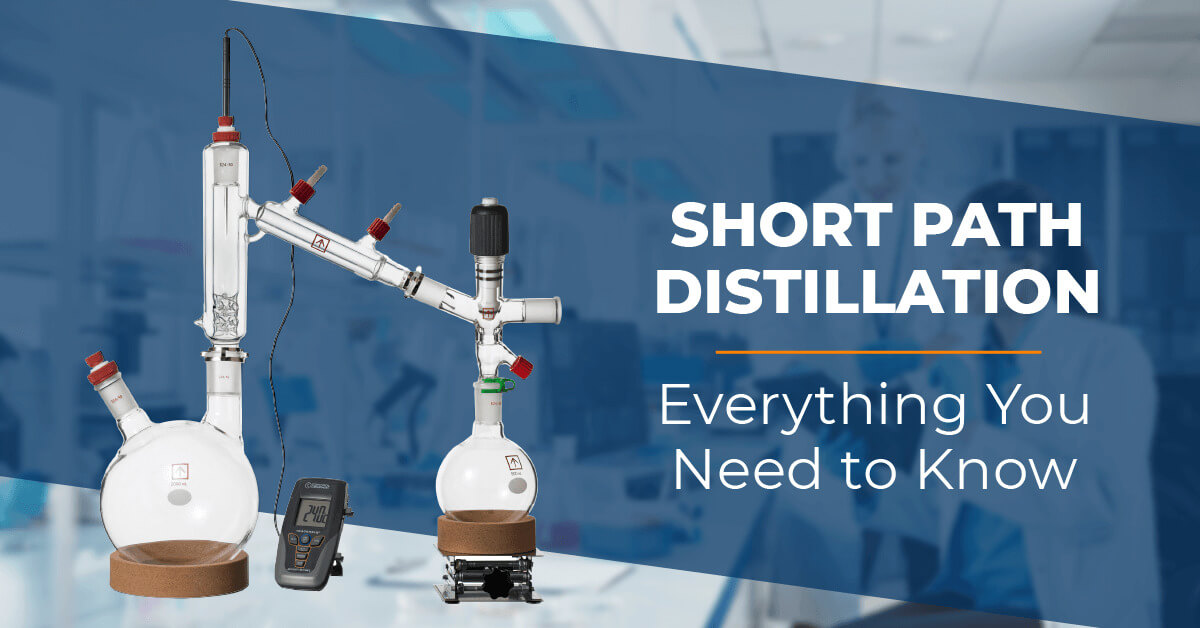We use cookies to make your experience better. To comply with the new e-Privacy directive, we need to ask for your consent to set the cookies. Learn more.
How to Choose the Right Vacuum Pump for Your Lab Oven
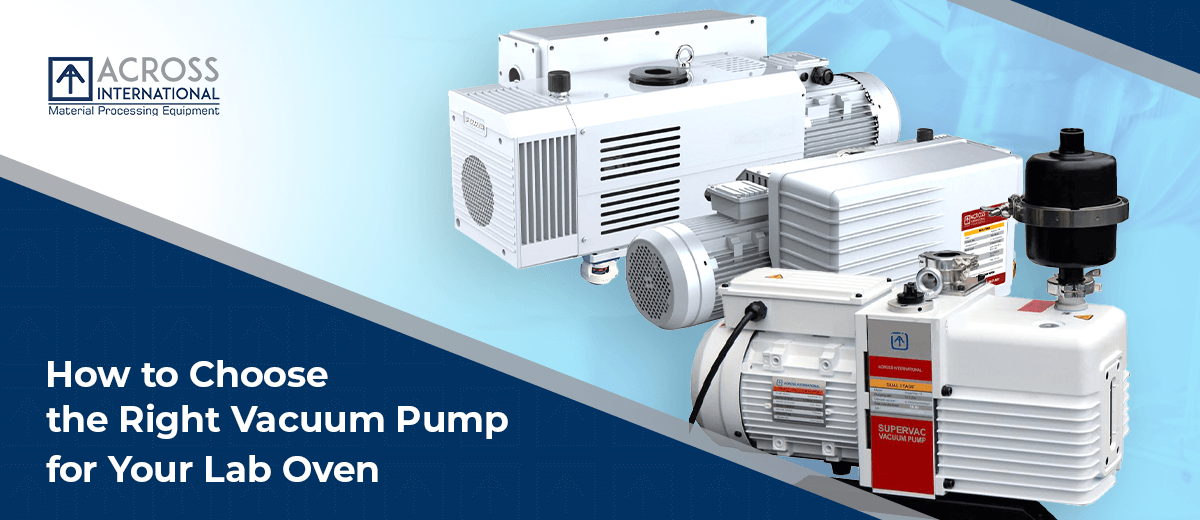
Vacuum ovens are vital to materials testing labs, serving as the only equipment capable of drying powders and other heat-sensitive materials. However, purchasing a vacuum oven involves considering multiple factors, including choosing the right vacuum pump.
This blog post will identify the features to consider if you’re looking to buy a vacuum pump for your vacuum oven.
3 Types of Vacuum Pumps
Knowing what features to look for in a vacuum oven pump starts with familiarizing yourself with the most common types of vacuum pumps.
1. Rotary Vane Pump
Rotary vane pump, or RV pump, is a compact-size vacuum pump that delivers high performance and lower upfront costs. RV vacuum oven pumps can reach medium vacuum levels, making them practical for high-boiling solvents like methanol and aqueous solutions.
Oil powers RV vacuum pumps. The presence of oil ensures an airtight seal and the consistent lubrication of working parts, which is necessary for cooling the pump’s rotors.
The rotary vane vacuum pump is ideal if you’re in the market for a space- and money-saving option that doesn’t sacrifice functionality or form.
2. Diaphragm Pump
Diaphragm pumps are dry pumps that utilize a collection of valves with open-and-closing pulsating motions to move air. This design enables the diaphragm vacuum pump to operate without oil and reduce hydrocarbon production, making it more environmentally friendly.
The valves in diaphragm pumps are often made from polytetrafluoroethylene (PTFE), otherwise known as Teflon, making them highly resistant to chemicals, vapor damage, and corrosion. These qualities make this vacuum pump type the perfect choice when working with acidic, corrosive, or viscous products.
In addition, due to its aversion to most substances and natural elemental damage, the diaphragm pump is also an excellent choice for concentration and evaporation processes.
3. Dry Scroll Pump
Dry scroll vacuum pumps are dry pumps that utilize two spiral scrolls for air and vapor compression, directing them toward the vacuum oven’s exhaust.
Initially, dry scroll pumps can be more costly compared to other pumps. However, they’re a worthy investment due to the significantly lower lifetime operational costs, minimal maintenance, and elimination of oil as a lubricant.
Dry scroll pumps are ideal for freeze-drying processes because they’re more effective in handling water vapors than other pumps. You can use them in concentration applications and solvent and aqueous samples, including the organic compound acetonitrile.
While the biggest drawback of a dry scroll pump is its price, the long-term benefits and many applications of this equipment make it a worthy addition to your lab.
How to Choose a Vacuum Pump
Here are the top factors to consider when getting a vacuum pump.
1. Application
Since each vacuum pump has different functions, identifying for what particular process you’ll use them can help determine whether you need a rotary vane, diaphragm, or dry scroll pump.
Aside from its primary application, the compounds interacting with your vacuum pump should guide your selection. Be on the lookout for any possible adverse reactions or issues that might arise later. For instance, a diaphragm pump is ideal if you frequently work with acidic or corrosive substances.
2. Vacuum level
Vacuum pumps can reach different vacuum ranges, from low vacuum to perfect vacuum, depending on the design. A low vacuum level is typically necessary for the application to be more efficient for distillation processes. In contrast, rotary evaporation doesn’t require low vacuum levels to perform its functions.
3. Flow rate
Another crucial aspect of vacuum pump selection is the flow rate. This rate is vital because it relates to the vacuum pump’s ability to drain contents from a machine. Generally, higher flow rates dictate a more condensed drain time.
Some applications, like those requiring a large vacuum drying oven, may produce a significant volume that may require vacuuming in a specific timeframe. Meanwhile, other processes like short path distillation need faster vapor flow.
Evaluating the pump’s capacity to produce the volume and mass flow rate will enable you to assess if it meets your process requirements.
4. Installation and maintenance
The vacuum pump requires several parts or components to operate. Depending on your processes, you may need to wire the vacuum pump directly to a circuit breaker or use different connections and tubing.
Another factor you must ascertain is if the vacuum pump requires lubrication. Lubricated vacuum pumps boast greater efficiency and resistance to deterioration. However, they need regular maintenance, which can be both resource and time-intensive. For this reason, laboratory facilities generally prefer a dry pump to eliminate the need for lubrication maintenance.
5. Cost
The overall cost of purchasing and maintaining a vacuum pump can be significant. You should evaluate your resources and requirements to determine whether you’ll proceed with the purchase, secure financing first, or wait until you can afford it. The next step is identifying the vacuum pump that ticks all the boxes.
The Value of Vetting Vacuum Pumps
Lab ovens play a crucial part in industrial processes, making it essential to choose a vacuum pump that mitigates operational downtime and ensures productivity.
For quality vacuum pumps, look no further than Across International. An industry leader in manufacturing heat treatment, laboratory, and material processing equipment, Across International carries a range of vacuum pumps and other lab pump-related products.
Whether you need a pump for filtration, degassing, distillation, free air displacement, or any other application, you can find a high-quality vacuum pump at Across International. Request a quote on our vacuum pumps today!


